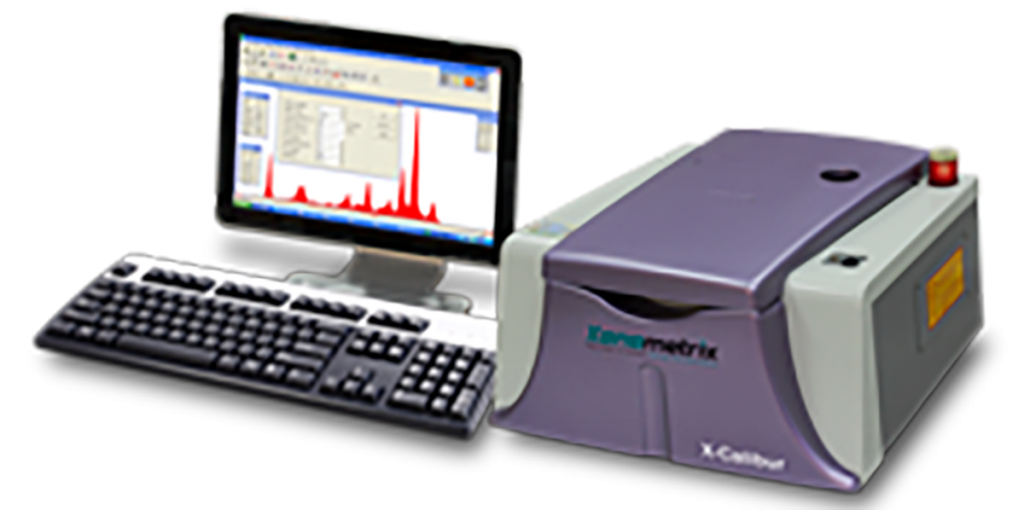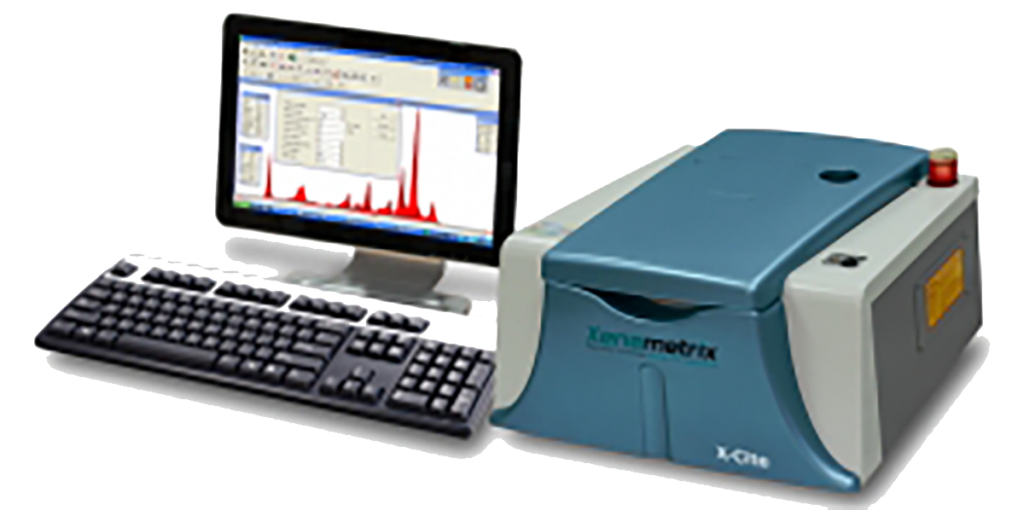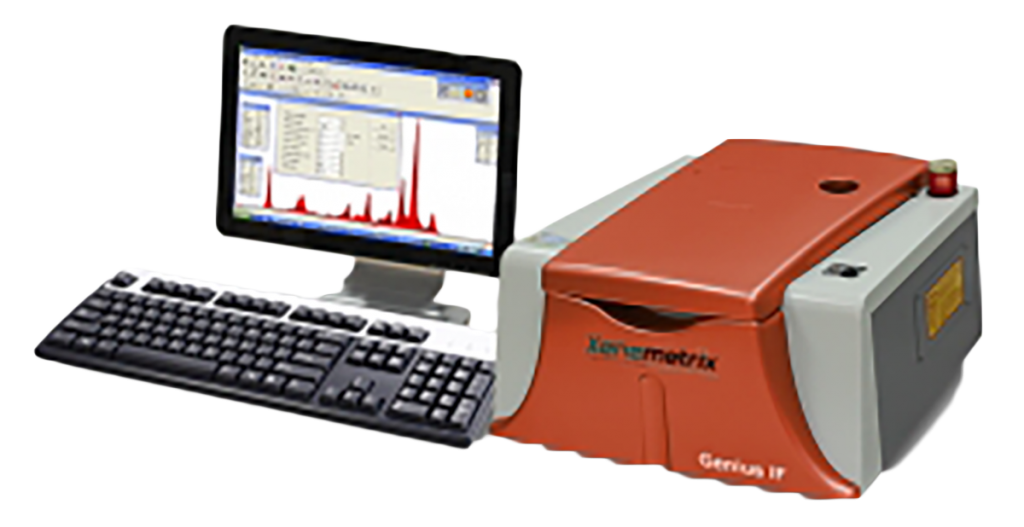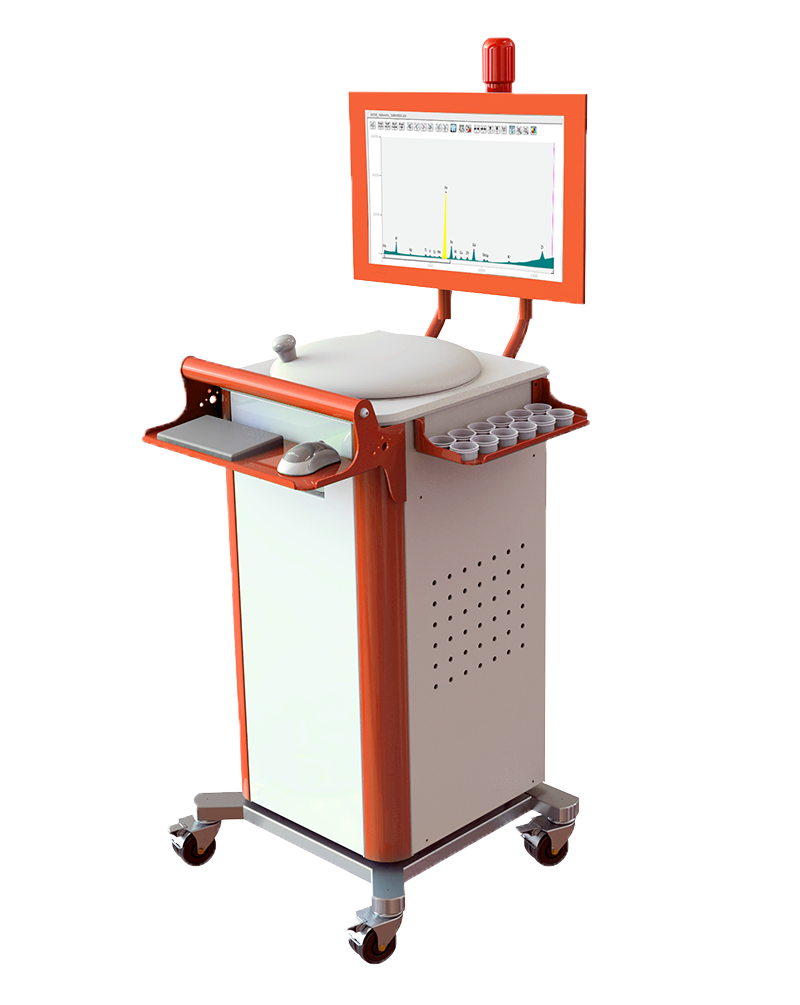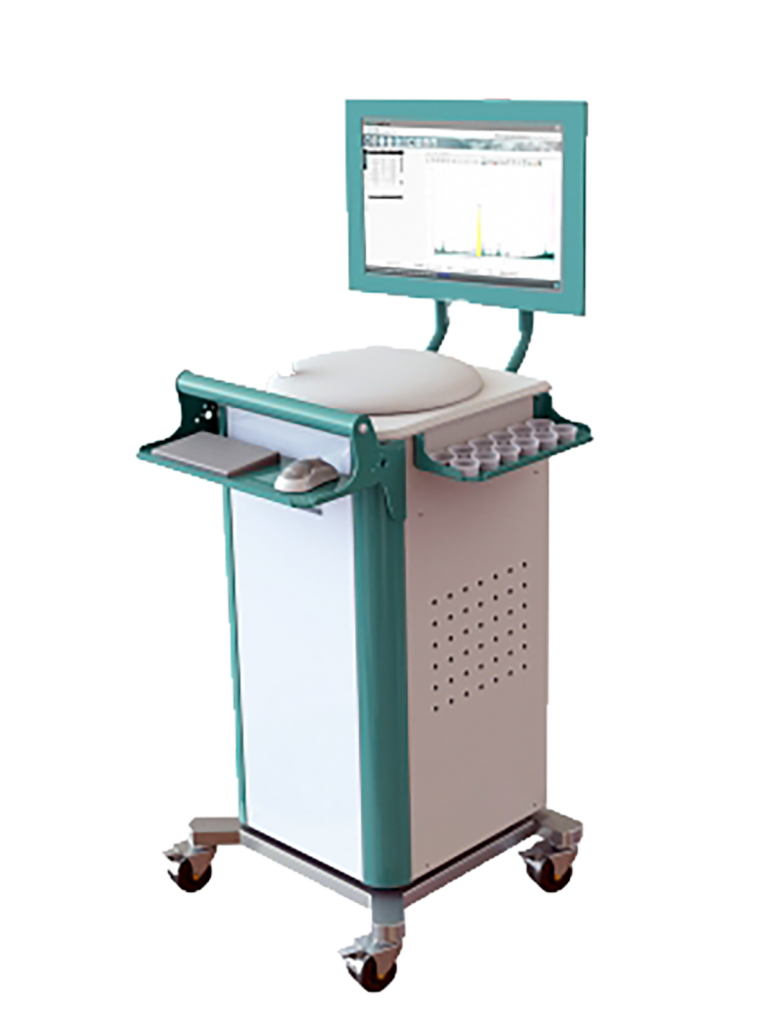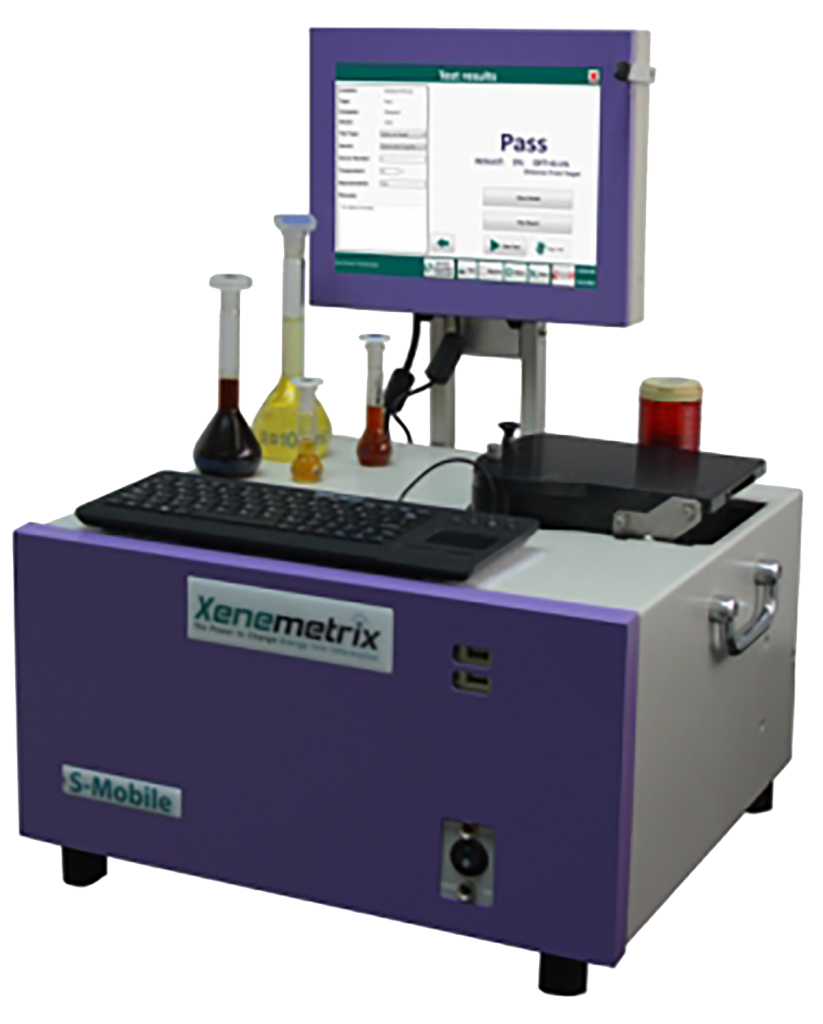Plastic, Polymers & Rubber
Plastics, polymers and rubber analysis

Plastics, polymers and rubber are combined with a variety of different additives in order to give them properties that are important for many different markets. These products are commonly analyzed as beads, which in their end form are pressed or molded into plaques.
Xenemetrix Energy Dispersive X-ray Fluorescence (ED-XRF) spectrometers are the simplest, most accurate, non-destructive and economical analytical systems for the complete polymer chain, starting at virgin polymer, over plastics and up to recycling. Using ED-XRF allows measuring a wide range of elemental concentrations – C(6)-Fm(100) – without the need for sample preparations (heating or destroying the sample). Samples can be measured in the form of loose powders or pressed into pellets and ready for measurement within seconds.
ED-XRF can measure larger sample volumes resulting in a better characterization of end products and provides high accuracy and precision with excellent detection limits (0.1 – 1 mg/kg).
Xenemetrix ED-XRF spectrometers offer several unique solutions for the complete chain – from research and development to production, process control and recycling.
Regulatory enforcement growth of recent years requires strict control over materials used in those industries. Xenemetmetrix’s ED-XRF is the easiest tool for making the analysis on-line without sending samples for expensive laboratory testing, and can be operated by the regular personnel with no need of special training.
A few of the most common uses of XRF for monitoring these products include:
- Zinc in Polystyrene and other polymers – Zinc Stearate is a common additive in polymers and can be measured by ED-XRF.
- Bromine and Antimony Fire Retardants in Styrofoam and Plastics – Bromine in Styrofoam is a very old ED-XRF application, since XRF is one of the better analytical chemical methods for Br analysis. Antimony is also added to many plastic as a fire repellant. Bromine and Antimony in polymer-based fabrics is another very important application.
- P, Ca, Ba, Zn in polymers – Other polymers use a combination of stabilizers and lubricants such as P, Ca, Ba, and Zn that can be measured by ED-XRF.
- Silicones in polymers – Silicones are popular release agents used in polymers that can be readily analyzed by ED-XRF.
- Sulfur in Polyurethane – Sulfur in polyurethane is another existing ED-XRF application that can be performed with most types of instruments.
- Mg, Al, Si, Fe in Fiberglass – The fibers in fiberglass have glass-like mineral composition. They can be monitored by ED-XRF.
- Plastics Compounding – Color, weight, finish and aging characteristics vary widely in end products. Plastics are often diluted with cheaper oxides such as calcium carbonate to reduce the total costs. Plastic compounders blend specific mixtures in order to meet customers’ needs.
- Chlorine in Rubber and Plastic – Chlorine is added to rubber to minimize oxidation. ED-XRF analyzers are commonly used in windshield wiper and tire manufacturing. Chlorine is added to certain plastics also as an antioxidant.
- Sorting PVC from other Plastics – PET and other polymers are recycled, but even a small amount of PVC can contaminate the resin. ED-XRF is used as part of a sorting and screening tool, since it can readily detect PVC by its high chlorine content.


